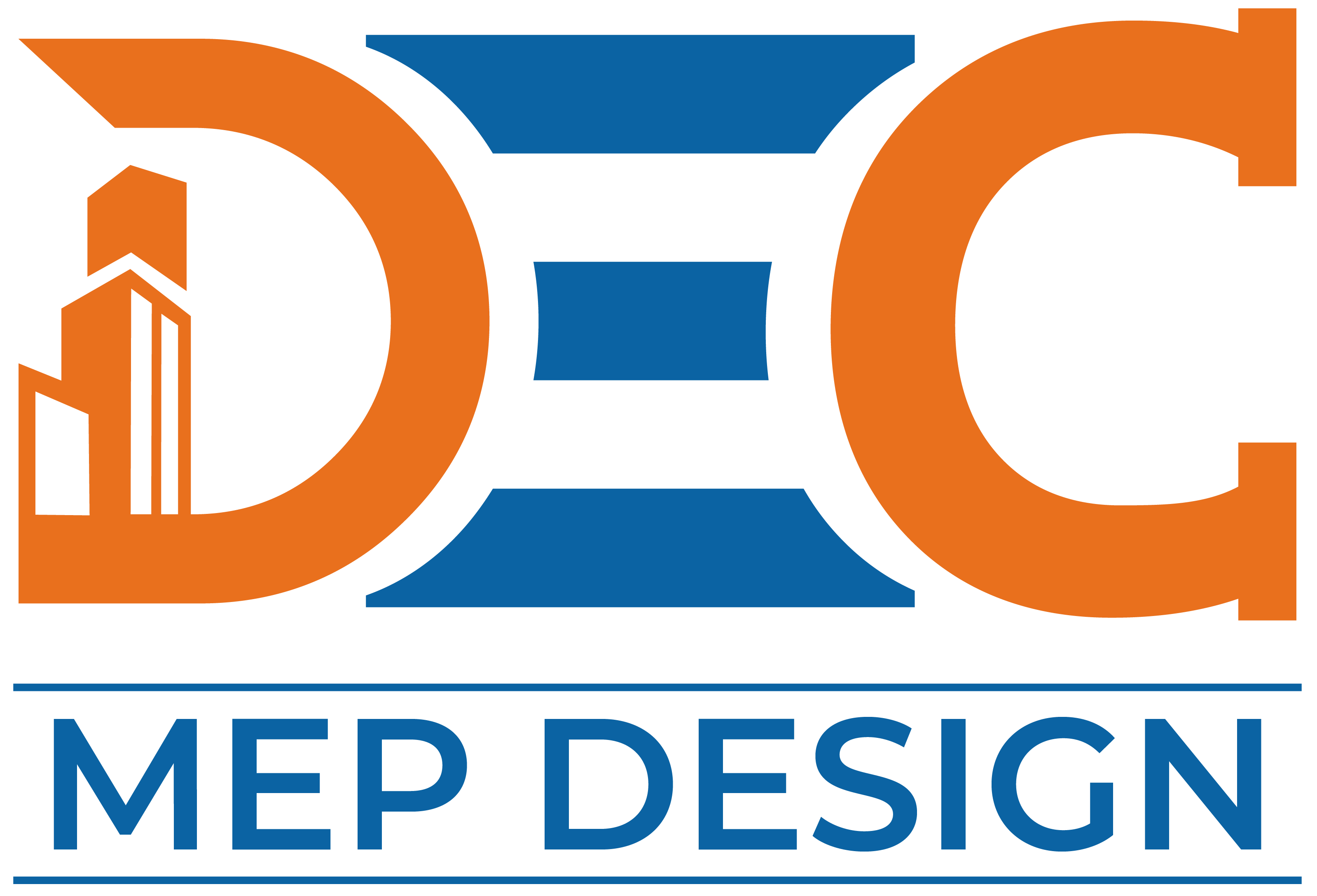The Engineering Process: Start to Finish
Engineering is the art of transforming ideas into tangible solutions that address real-world problems. From the tallest skyscrapers to the smallest microchips, mastering the engineering process is a structured yet creative journey. This systematic approach ensures that every project, whether building a bridge or designing software, is both functional and efficient.
Let’s explore mastering the engineering process from start to finish and understand how each stage contributes to success.
Problem Identification
Mastering the engineering process begins with identifying a need or a problem. This stage is crucial as it sets the foundation for everything that follows. Engineers collaborate with stakeholders to pinpoint the core issue, define the scope, and establish clear objectives. For example, a city might need a new bridge to reduce traffic congestion. The problem must be well-defined, as a vague or poorly understood issue can lead to costly missteps.
Key Activities:
- Conducting stakeholder interviews
- Analysing existing systems
- Creating a clear problem statement
Research and Data Collection
Once the problem is defined, engineers dive into research. This involves gathering data, studying existing solutions, and understanding constraints such as budget, materials, and regulations. Research helps engineers brainstorm feasible approaches and sets the stage for innovation.
Key Activities:
- Reviewing case studies
- Assessing technical feasibility
- Identifying potential risks and challenges
Conceptual Design
The conceptual design phase focuses on generating ideas and proposing potential solutions. Engineers often use brainstorming sessions, sketches, and preliminary models to visualize how the solution might work. This stage encourages creativity and exploration before committing to a specific approach.
Key Tools:
- Sketching and diagrams
- Design software for rapid prototyping
- Collaboration platforms for sharing ideas
Detailed Design
After a concept is selected, the detailed design stage begins. Engineers create precise plans, technical drawings, and specifications. These documents guide the construction or manufacturing process and ensure that the solution meets all requirements.
Key Activities:
- Developing CAD (Computer-Aided Design) models
- Finalizing material selection
- Preparing project schedules and cost estimates
Prototyping and Testing
Prototyping is where ideas take shape. Engineers build a working model of the solution to test its performance under real-world conditions. Testing helps identify flaws, inefficiencies, or unforeseen challenges, enabling refinements before full-scale implementation.
Testing Metrics:
- Durability and reliability
- Safety compliance
- Performance under stress
Implementation
With a refined design, the solution moves into production or construction. Whether assembling a machine, programming software, or building infrastructure, this phase transforms designs into reality. Engineers oversee the process to ensure that everything aligns with the specifications.
Key Activities:
- Supervising construction or manufacturing
- Coordinating with contractors and suppliers
- Addressing on-site challenges
Quality Assurance and Optimization
After implementation, engineers conduct thorough quality checks to ensure the solution meets all criteria. This phase may involve additional testing, fine-tuning, and troubleshooting. Any issues detected are resolved to achieve optimal performance.
Key Activities:
- Performing inspections
- Analysing feedback from end-users
- Optimizing for efficiency or cost
Maintenance and Evaluation
Engineering doesn’t end with the delivery of a solution. Maintenance ensures long-term reliability, while evaluation provides insights for future projects. Engineers analyse performance data to identify improvements or updates that might be needed over time.
Key Activities:
- Scheduling regular inspections
- Collecting user feedback
- Planning upgrades or repairs
Conclusion
The engineering process is a journey of discovery, problem-solving, and innovation. Each stage plays a pivotal role in transforming an abstract idea into a functional, reliable, and impactful solution. By following this structured approach, engineers ensure that their creations are not only effective but also sustainable and efficient.
In essence, engineering is a blend of science, creativity, and precision. From identifying a problem to maintaining a solution, the process embodies the relentless pursuit of progress, proving that great engineering doesn’t just solve problems—it paves the way for a better future.
How-To: Apply the Engineering Process to Your Next Project
- Define the Problem Clearly
Start by consulting with all stakeholders to outline the challenge, goals, and success criteria. Use visual aids or diagrams if needed.
- Conduct Thorough Research
Gather data, study similar projects, identify legal or environmental restrictions, and explore emerging technologies.
- Develop Conceptual Designs
Hold ideation sessions, use design-thinking techniques, and encourage cross-functional collaboration to sketch out initial concepts.
- Finalize Detailed Plans
Use CAD software to develop technical drawings. Include materials, costs, and timelines. Validate designs against regulations and codes.
- Prototype and Test
Build small-scale models or digital simulations. Test for performance, durability, and compliance. Iterate based on findings.
- Execute with Precision
Oversee production or construction, maintain communication between teams, and adapt plans if unforeseen issues arise.
- Assure Quality and Optimize
After implementation, perform inspections and collect feedback. Refine processes or systems for maximum efficiency and reliability.
- Plan for Long-Term Maintenance
Create maintenance schedules and performance review plans. Monitor the solution’s life cycle to support future upgrades or redesigns.
Frequently Asked Questions
A structured approach minimizes risks, controls costs, improves quality, and ensures timely delivery. It also enhances innovation by balancing creativity with technical rigor.
Yes. Even small projects gain clarity and efficiency by following key stages like proper planning, testing, and post-implementation review, though they may be scaled accordingly.
It depends on project size and complexity. Small projects might take weeks, while large infrastructure or commercial projects can take several months to years.
MEP (Mechanical, Electrical, and Plumbing) engineers are crucial in the design, safety, energy efficiency, and compliance of building systems. Their expertise ensures the long-term functionality and sustainability of structures.
Common pitfalls include poor problem definition, lack of stakeholder alignment, inadequate testing, and weak project management. These can all be mitigated with a disciplined engineering process.





No comment